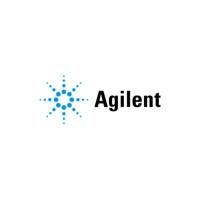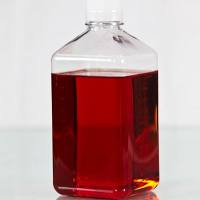Measurement of F4-Neuroprostanes by Gas Chromatography-Mass Spectrometry/Negative Ion Chemical Ionization
Oxidative damage has been strongly implicated in the pathogenesis of a number of neurodegenerative diseases including Alzheimer’s disease (AD), Parkinson’s disease (PD), amyotrophic lateral sclerosis (ALS), and Huntington’s disease (HD) (1 –9 ). Several years ago, we reported the discovery of the formation of F2 -isoprostanes (F2 -IsoPs), which are prostaglandin F2 -like compounds formed in vivo nonenzymatically as products of free radical-induced oxidation of arachidonic acid (10 ). More recently we described the formation of IsoP-like compounds in vivo from free radical-induced oxidation of docosahexaenoic acid (DHA) (5 ). DHA is a fatty acid that is uniquely enriched in the brain, particularly the gray matter, where it comprises approx 25–35% of the total fatty acids in aminophospholipids (11 ,12 ). Our motive for exploring whether IsoP-like compounds are formed from oxidation of DHA derives from our hypothesis that measurement of such compounds may provide a unique and sensitive biomarker of oxidative neuronal injury in the brain. Accordingly, we have termed these compounds neuroprostanes (NPs).
![预览]()






